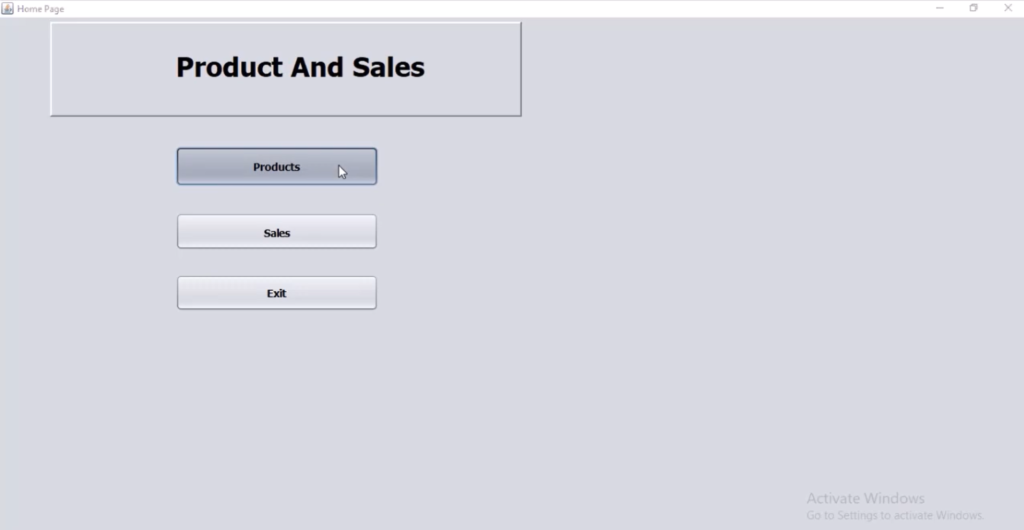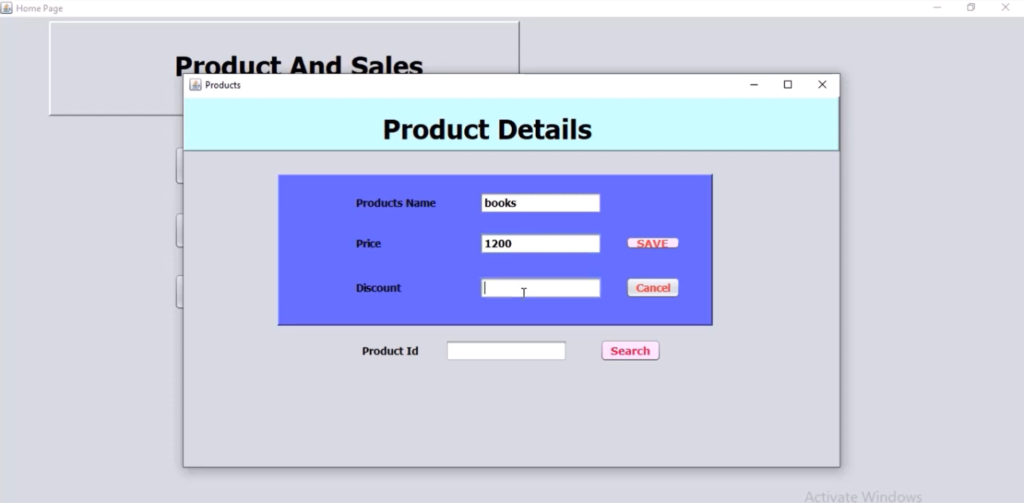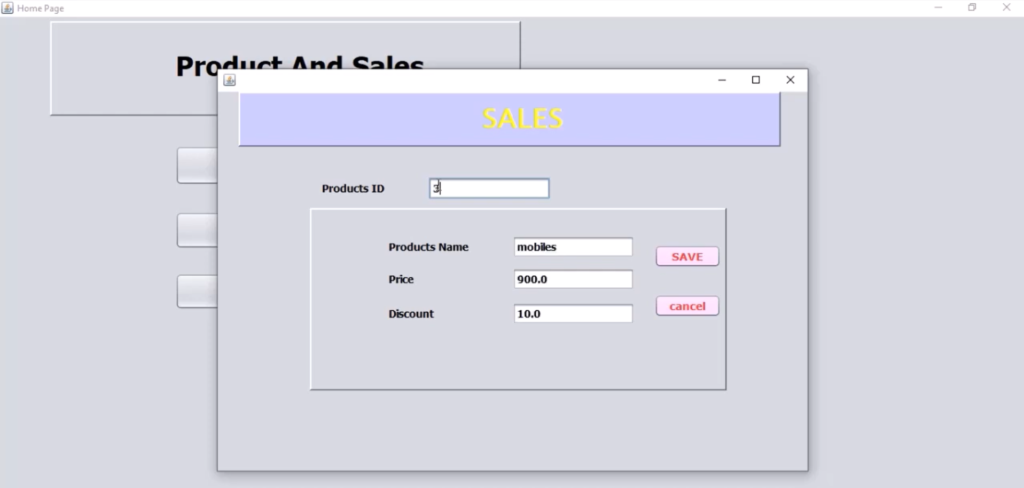
Product And Sales Discounts in Java
Product And Sales Discounts in Java
In today’s competitive market, discounts are essential to attract and retain customers. Businesses use various types of discounts to encourage sales, clear inventory, or provide value to loyal customers. For Java developers working on e-commerce or point-of-sale systems, implementing product and sales discounts is a common, yet crucial, task. This post will guide you through the concepts of product and sales discounts in Java, highlighting best practices and key considerations for creating a smooth, user-friendly discount system.
Why Discounts Matter in Retail and E-commerce
Discounts directly influence customer behavior. Whether it’s a holiday sale, a promotional discount, or a buy-one-get-one-free offer, discounts drive both new purchases and customer loyalty. To manage this effectively, developers must account for various discount types and ensure they are applied correctly to products and overall sales.
Types of Discounts in Sales Systems
Before diving into implementation strategies, let’s explore the types of discounts commonly applied in retail and e-commerce settings.
- Percentage Discount: This is one of the most common discount types, where a percentage off the product price is given. For example, a 20% discount on a $50 product would reduce the price to $40.
- Fixed Amount Discount: Here, a fixed amount is subtracted from the product price. For instance, a $10 discount on a $50 product would bring the price down to $40.
- Bulk or Volume Discounts: Discounts applied when customers buy in bulk, such as “Buy 3, get 20% off.”
- Tiered Discounts: These discounts increase as customers buy more. For example, a customer may get a 5% discount for buying up to 3 items and a 10% discount for buying 4 or more.
- Seasonal and Promotional Discounts: These are temporary discounts that are time-bound, such as holiday sales or limited-time offers.
Implementing Discounts in Java: Best Practices
When implementing discounts in Java, there are several ways to design an effective, maintainable, and flexible discount system.
Download New Real Time Projects :-Click here
1. Create a Clear Discount Structure
Define a clear structure for discount types. Java’s inheritance and polymorphism features allow you to create a flexible discount model. For example, you could design a base Discount class and have specific subclasses for PercentageDiscount, FixedDiscount, and other types. This ensures that your discount system is easily extendable.
2. Use Interfaces for Flexibility
Java interfaces can help you define a Discountable interface that can be implemented by multiple classes. For example, both Product and Order classes can implement Discountable, enabling various objects in your application to have discounts applied seamlessly.
3. Store Discount Information Efficiently
The way you store discount information can impact both performance and scalability. For product-based discounts, you might store discount data alongside the product data in a database. For order-based or cart-level discounts, it’s useful to apply these discounts dynamically during the checkout process.
4. Ensure Reusability with Utility Methods
Creating reusable methods, like calculatePercentageDiscount or applyBulkDiscount, can help you manage and apply discounts more effectively. Java’s powerful collection and utility libraries can be used to aggregate totals, calculate percentages, and apply discounts across products or shopping carts in a consistent manner.
5. Validate and Test Discount Logic
Incorrect discount calculations can lead to revenue loss or customer dissatisfaction. Therefore, validate your discount calculations thoroughly. Testing is key: use JUnit or similar testing frameworks in Java to test discount logic under various scenarios.
Practical Tips for Handling Complex Discount Logic
Managing multiple discounts can be challenging, especially when combining discounts. Here’s how to approach it:
- Apply Discounts in a Defined Order: Decide on the order in which discounts should apply. For example, percentage-based discounts might be applied before fixed discounts to avoid compounding effects.
- Cap Maximum Discount: To prevent excessive discounts, set a maximum discount limit. This ensures that discounts do not erode profit margins unexpectedly.
- Enable Discount Stacking: In some cases, customers should be able to combine multiple discounts. If so, ensure that the system can handle discount stacking and that the calculation is transparent to users.
https://updategadh.com/category/php-project
Example Scenario: Applying Discounts in an Order
Let’s look at a simple scenario where a customer has a shopping cart with multiple items, and they’re eligible for both a percentage discount and a fixed discount. Here’s a typical process to apply discounts in Java:
- Identify Eligible Discounts: Check which discounts apply to each product in the cart.
- Apply Product-Level Discounts: Apply individual discounts to each item.
- Calculate Total with Sales-Level Discounts: Once product discounts are applied, calculate the total and apply any sales or cart-level discounts.
- Finalize Total: Ensure all applicable discounts have been applied and round the final total, if necessary, for a clean display.



Contact Us to Get the Source Code:
If you need the source code for the Product & Sales Discounts in Java, feel free to reach out through any of the provided contact methods.
- Remotely Setup Project.
- The Full project files
- Database.
- Step-by-step configuration tutorial.
discount program in java using if-else
discount program in c
java program to calculate total price of product
create a program to calculate 5% discount on total purchase of stationery in python
discount formula
Product And Sales Discounts in Java
write a program to calculate discount in python
calculate distance between two points in java
Product And Sales Discounts in Java
write a program to input quantity and calculate discount and bill amount after discount
product and sales discounts in java with example
Understanding Product And Sales Discounts in Java
Understanding Product And Sales Discounts
Product And Sales Discounts in Java
Product And Sales Discounts in Java










Post Comment